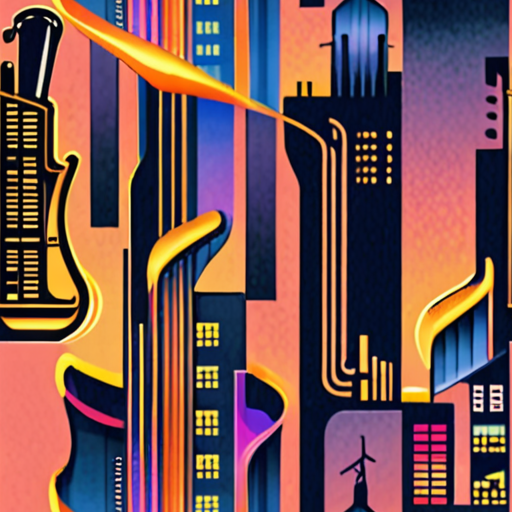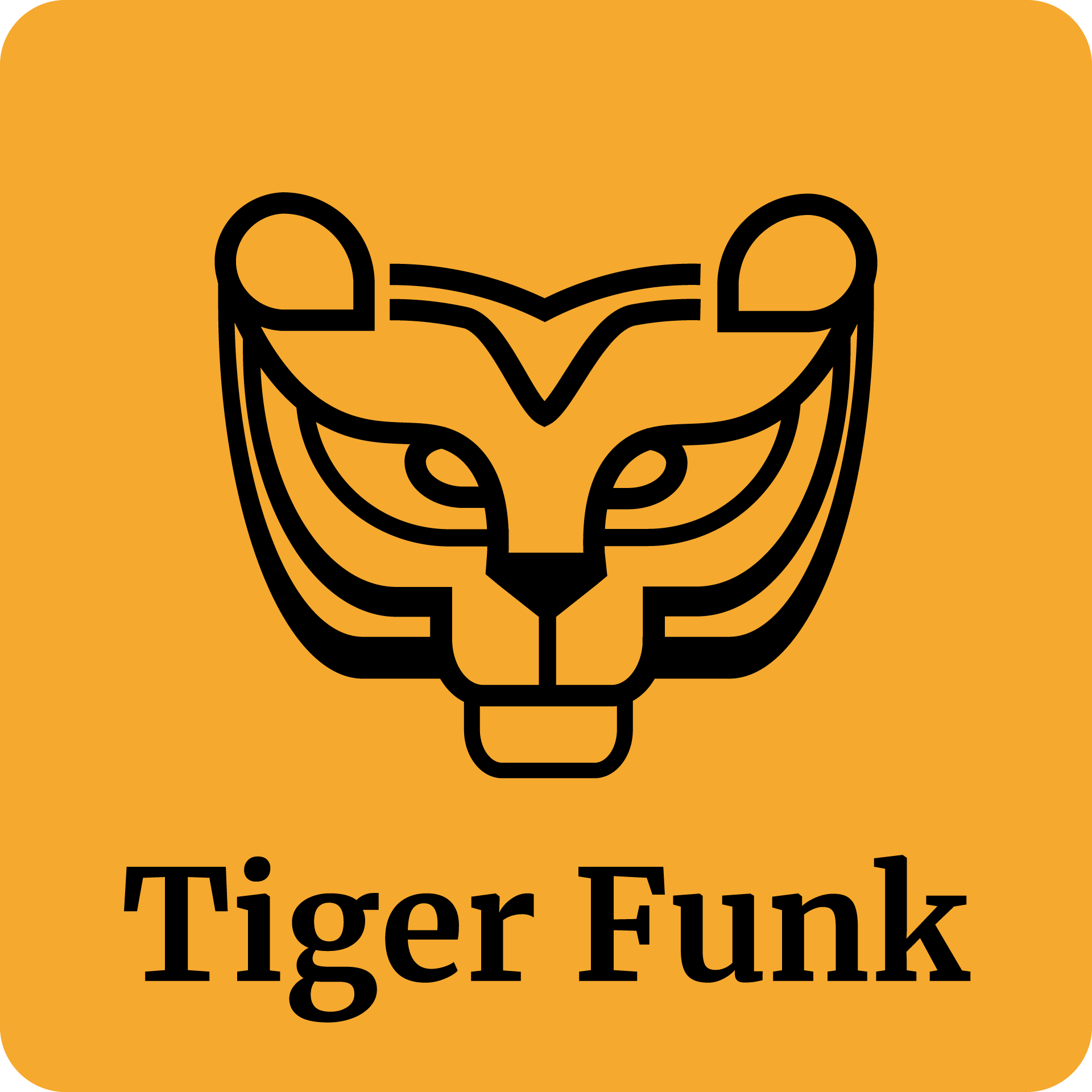The world of music has always been a melting pot of diverse styles and genres, but few have managed to blend together as seamlessly as jazz fusion. This genre, which emerged in the late 1960s and gained popularity throughout the 1970s, combines the improvisational spirit of jazz with the energetic rhythms of rock music, creating a unique sound that captivates audiences worldwide. At its core, jazz fusion music theory revolves around experimentation and innovation, pushing the boundaries of traditional jazz and rock to create something entirely new and exciting.

The Jazz Fusion Method
Jazz fusion arrangements vary in complexity, ranging from simple, repetitive melodies to intricate chord progressions and unconventional time signatures.
- Sometimes, jazz fusion employs groove-based vamps fixed to a single key or a single chord, often accompanied by a simple, repeated melody.
- Other times, it uses elaborate chord progressions, countermelodies, and complex rhythmic patterns to create a unique sound.
- This blend of jazz and rock/funk influences has led to the development of various sub-genres, each with its own distinct characteristics and styles.
Some notable examples of jazz fusion artists include Miles Davis, Herbie Hancock, and Weather Report, who have all pushed the boundaries of traditional jazz and created new sounds through their innovative approaches to composition and improvisation.
Tiger Funk celebrates the rich history and cultural significance of funk, soul, and jazz fusion music, offering in-depth articles, artist profiles, album reviews, and historical retrospectives to educate and inspire readers about these influential genres.
For those interested in exploring the world of jazz fusion further, we recommend checking out the works of other notable artists such as Return to Forever, Mahavishnu Orchestra, and Chick Corea, who have all made significant contributions to the genre.
By combining elements of jazz, rock, and funk, jazz fusion has created a unique sound that continues to evolve and influence contemporary music.
At Tiger Funk, we’re passionate about sharing our knowledge and love for jazz fusion with the community, and we hope to inspire a new generation of musicians and music lovers to explore this exciting and dynamic genre.
Jazz Fusion in Music
Jazz fusion is a genre of music that combines elements of jazz with those of rock, funk, R&B, hip-hop, or electronic music.
- Fusion genres emerged in the late 1960s and early 1970s, and have remained a part of the contemporary jazz scene.
- Jazz fusion often pushes boundaries in instrumentation, incorporating a wide range of instruments and sounds.
- The genre has been influenced by various styles, including free jazz, avant-garde, and experimental music.
- Jazz fusion has also been shaped by the contributions of musicians from diverse backgrounds, including African American, Latinx, and Asian American artists.
Characteristics of Jazz Fusion
Jazz fusion is characterized by its blend of complex harmonies, syncopated rhythms, and improvisational solos.
- Complex chord progressions and extended harmonies are common in jazz fusion music.
- Synthesizers, keyboards, and electronic drum kits are often used to create unique textures and timbres.
- Improvisation plays a crucial role in jazz fusion, allowing musicians to express themselves freely and spontaneously.
- Jazz fusion often incorporates elements of rock, funk, and R&B, making it a dynamic and eclectic genre.
Notable Artists and Bands
Jazz fusion has produced many notable artists and bands, including:
- Miles Davis – A legendary trumpeter and bandleader who was instrumental in shaping the sound of jazz fusion.
- Herbie Hancock – A pianist and composer who has been a major force in jazz fusion since the 1970s.
- Weather Report – A band known for their innovative use of synthesizers and electronic percussion.
- Tony Williams Lifetime – A group led by drummer Tony Williams, which explored the intersection of jazz and rock.
Influence and Legacy
Jazz fusion has had a profound influence on popular music, inspiring countless artists and genres.
- Jazz fusion paved the way for the development of acid jazz, nu-jazz, and other subgenres.
- The genre’s emphasis on experimentation and innovation has inspired musicians across a range of styles.
- Jazz fusion continues to evolve, incorporating new technologies and musical influences.
- The genre remains a vital part of contemporary jazz, with many artists pushing the boundaries of what is possible.

Why Was Jazz Fusion Controversial?
Jazz fusion was a genre that emerged in the late 1960s and early 1970s, characterized by its blend of jazz, rock, and electronic music elements.
- The controversy surrounding jazz fusion stemmed from its departure from traditional jazz forms and its adoption of elements from other genres, such as rock and electronic music.
- Jazz purists saw jazz fusion as a watered-down version of true jazz, lacking the complexity and sophistication of earlier jazz styles.
- Others criticized jazz fusion for its emphasis on technical virtuosity and showmanship, which they felt detracted from the emotional intensity and spontaneity of traditional jazz.
Despite these criticisms, jazz fusion continued to evolve and gain popularity throughout the 1970s and beyond, influencing a wide range of musical genres and artists.
Key Factors Contributing to the Controversy
- Lack of Traditional Jazz Roots: Many critics felt that jazz fusion lacked the deep roots in traditional jazz that had defined earlier styles.
- Emphasis on Technical Virtuosity: The increasing emphasis on technical skill and showmanship in jazz fusion led some to see it as more concerned with display than with genuine artistic expression.
- Blending of Genres: The blending of jazz with elements from other genres, such as rock and electronic music, was seen by some as a dilution of the jazz tradition.
Influence of Jazz Fusion on Modern Music
Jazz fusion has had a profound influence on modern music, shaping the development of a wide range of genres, including smooth jazz, acid jazz, and electronic music.
- Jazz fusion’s emphasis on experimentation and innovation paved the way for later developments in electronic music and hip-hop.
- The genre’s fusion of jazz and rock elements helped to lay the groundwork for later fusions of jazz with other styles, such as Latin jazz and world music.
Legacy of Jazz Fusion
Jazz fusion may have been contentious during its heyday, but its legacy is undeniable.
- The genre’s emphasis on experimentation and innovation continues to inspire musicians today.
- Jazz fusion’s fusion of jazz and rock elements has influenced a wide range of musical genres and artists.

Jazz Fusion Scale
Jazz fusion often employs various scales, but primarily uses the harmonic minor, melodic minor, and altered dominants scales. These scales allow for complex harmonies and melodies, characteristic of the genre. The harmonic minor scale is particularly popular due to its versatility and ability to create tension and release. The melodic minor scale is also widely used, offering a smooth sound and facilitating smooth transitions between chords. Altered dominants scales add dissonance and surprise, making them ideal for jazz fusion compositions. By incorporating these scales, musicians can create intricate and captivating melodies, setting jazz fusion apart from other musical styles.
The Greatest Jazz Fusion Guitarist
We’re often asked who we consider the greatest jazz fusion guitarist, and our answer is multifaceted.
- Larry Coryell: Known as the “Godfather of Fusion,” Larry Coryell was a pioneer of the genre, blending jazz harmonies with rock rhythms and electric guitar textures.
- Al Di Meola: A virtuosic guitarist and composer, Al Di Meola has been a leading figure in jazz fusion since the 1970s, known for his lightning-fast solos and intricate arrangements.
- Pat Metheny: With a career spanning over four decades, Pat Metheny has become synonymous with jazz fusion, pushing the boundaries of the genre with his unique playing style and innovative compositions.
- John McLaughlin: As a founding member of the Mahavishnu Orchestra, John McLaughlin helped shape the sound of jazz fusion in the 1970s, combining Eastern influences with Western harmonic complexity.
- Frank Zappa: While not traditionally associated with jazz fusion, Frank Zappa’s eclectic and experimental approach to music made him a precursor to the genre, influencing many later musicians.
Each of these guitarists has contributed significantly to the development and popularity of jazz fusion, and it’s difficult to choose just one as the greatest. However, if we had to pick one, it would be Pat Metheny .
Metheny’s unique blend of jazz, rock, and folk influences has made him a beloved figure among fans of the genre. His playing style, which combines intricate fingerwork with soaring melodies, has inspired countless musicians and continues to influence contemporary jazz fusion.
With a discography spanning over 40 albums, Pat Metheny has established himself as one of the most prolific and innovative jazz fusion guitarists of all time. His commitment to pushing the boundaries of the genre has earned him numerous awards and accolades, cementing his status as a true legend of jazz fusion.
At Tiger Funk, we celebrate the rich history and cultural significance of funk, soul, and jazz fusion music. Our mission is to educate and inspire readers about these influential genres, and we believe that Pat Metheny embodies the spirit of innovation and creativity that defines jazz fusion.
Whether you’re a seasoned fan of jazz fusion or just discovering the genre, Pat Metheny is an essential artist to explore. His music is a testament to the power of fusion to bring together seemingly disparate styles and create something truly original and beautiful.
So, if you’re looking for a great place to start exploring jazz fusion, look no further than Pat Metheny. His music is a gateway to a world of sonic experimentation and creative expression, and we’re honored to have him as part of the Tiger Funk family.

The Most Popular Jazz Scale
The Dominant Bebop Scale is widely regarded as one of the most essential and frequently employed scales in jazz music.
- This scale is constructed by modifying the Mixolydian scale, which is the 5th mode of the major scale, and incorporating a passing note between the b7 and R to produce an eight-note scale.
- The resulting scale has a unique sound and feel that is characteristic of bebop and other forms of jazz.
- Jazz musicians often use the Dominant Bebop Scale to create complex and intricate melodies, harmonies, and improvisations.
In addition to its technical properties, the Dominant Bebop Scale has a rich musical heritage and has been featured prominently in many famous jazz compositions and performances.
Other Notable Jazz Scales
- The Dorian Mode is another highly versatile and expressive scale that is commonly used in jazz music.
- The Harmonic Minor Scale is a variation of the natural minor scale that adds a raised 7th scale degree, giving it a distinctive and exotic sound.
- The Melodic Minor Scale is a variation of the harmonic minor scale that raises the 6th and 7th scale degrees when ascending, creating a bright and uplifting sound.
Conclusion
The Dominant Bebop Scale is a fundamental component of jazz music, offering a wealth of creative possibilities for musicians and composers alike.
By understanding and mastering this scale, jazz musicians can unlock new levels of expression and innovation in their playing and composition.

0 Comments